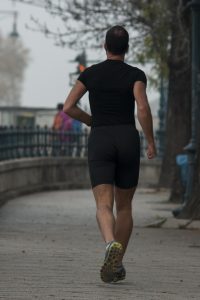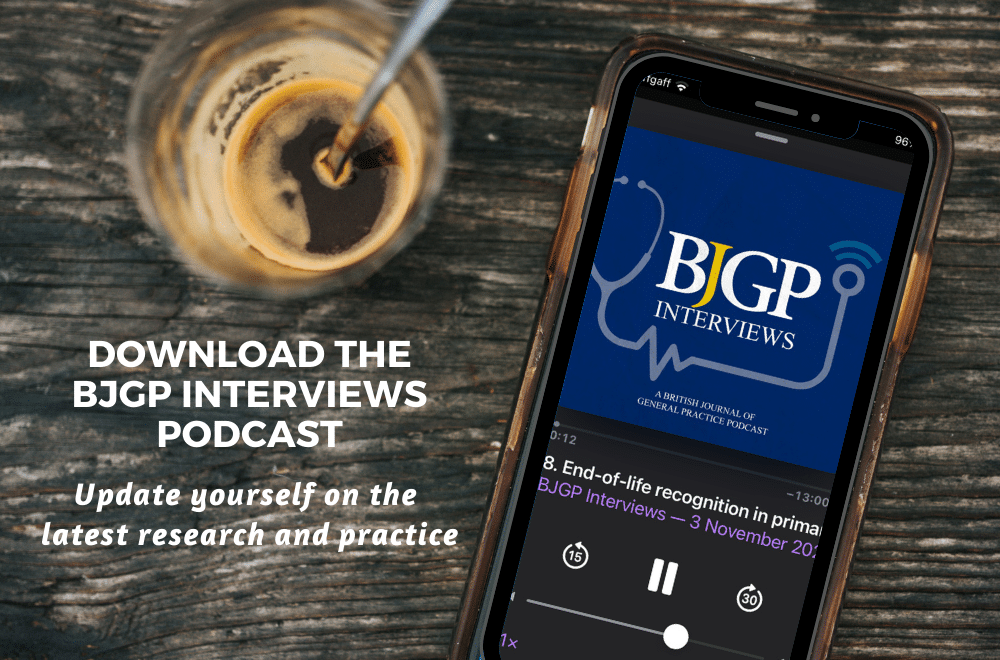 John Brooks is a GP from Congleton.
John Brooks is a GP from Congleton.
The early works of Morris and Rose suggested that those who were more physically active had less coronary heart disease than those who had a more sedentary way of life. The rise in popularity of running in the 1970s and 1980s led to some exaggerated claims that marathon running could somehow give immunity to coronary heart disease. Cases of sudden death in marathon races get a lot of publicity but the risk is probably no higher than people going about their daily activities.
Sudden death from cardiovascular disease in young athletes is low and thought to be mainly due to inherited or congenital abnormalities. The most common of these is hypertrophic cardiomyopathy with a smaller group made up of such conditions as Wolf-Parkinson White syndrome, Marfan’s syndrome and mitral valve prolapse1. The cause of the sudden death is a fatal cardiac arrhythmia that occurs in a seemingly fit athlete. Gentle jogging three times a week seems to be relatively safe and good for your health2 but how safe is long term endurance and intensive exercise particularly as we get older ? This question is important for those athletes who want to perform well at club level and elite athletes.
Studies of cardiac adaptation to acute and chronic participation in endurance sports have shown both enzyme changes and evidence of cardiac remodelling.3 We know that during ultra- endurance exercise cardiac troponins are raised but they are rapidly cleared from the blood. The relevance to this and cardiac damage is uncertain. The cardiac changes due to chronic endurance exercise are now well established as left ventricular hypertrophy and a low resting heart rate. The “athletic heart” is similar to the heart seen in the cardiomyopathies due to cardiac remodelling but in the majority of cases it can be distinguished on ECG and ultrasound.4 These changes are an increase in the ventricular cavity of no more than 66mm and a left ventricular hypertrophy of no more than 15mm. Athletes, due to the changes in the left ventricle, will have an increased stroke volume and probably an improvement in the diastolic filling. Studies of lifelong athletes have found a small number of cases of interstitial fibrosis which could give rise to cardiac arrhythmias. Finally athletes who retire often have an incomplete reversal of their left ventricular hypertrophy. The studies so far have not suggested any deterioration in left ventricular function or increase in cardiovascular disease.
[bctt tweet=”The veteran athlete with a slow pulse and palpitations may well be worth investigating.”]
For most senior athletes endurance training will improve their overall cardiovascular health but there remains a small group who develop premature cardiac arrhythmias – especially atrial fibrillation and atrial flutter. Endurance athletes with sinus bradycardia have a higher incidence of sinus node disease and pacemaker implantation. Recent research suggests that the cause of the bradycardia may in fact be due to electrophysiological changes in the sinus node and remodelling of pacemaker ion channels and not due to an increase in vagal tone.5 From the practical point of view it is worth remembering that a seemingly fit veteran athlete with a slow pulse and palpitations may well be worth investigating.
References:
1. Sudden death from cardiovascular disease in young athletes: fact or fiction? Sharma S, Whyte G, McKenna WJ, Br J Sports Med 1997; 31,:269-276
2. Park run eases the loneliness of the long-distance runner. Nigel Masters Br J Gen Pract 2014; 64 [625] : 408
3. Cardiac adaptation to acute and chronic participation in endurance sports. George K et al. Heart 2011;97 [24] 1999-2004
4. Sudden cardiac death in athletes BMJ 2015;350:h1218
5. Alicia D’Souza et al Exercise training reduces resting heart rate via a downregulation of the funny channel HCN4 Nature Communications 5, Article :37758 doi:1038/ncomms4775 13/05/2014



Do you have more recent data? I am 77 and have completed 30 marathons (and numerous 1/2 M) over the last 20 years, until 2003 most of those under 4 hours. I am testing whether my cardiologist is not considering the differences between LVH and HCM. in other words even before taking up running, I was a very competent tennis player from the age of 15. I am not untrained.
This of history intensive training could give rise to cardiac remodelling and an athletic heart. It is important that the cardiologist is made aware of the amount of long distance running involved in this case. Distinguishing hypertrophic cardiomyopathy from the athletic heart can sometimes be difficult. The latest paper I have on this topic is the one quoted in my blog: [4] Sudden death in athletes BMJ 2015;350:h 1218. It is necessary to read the whole article which discusses the grey area between these two conditions and how to distinguish them.